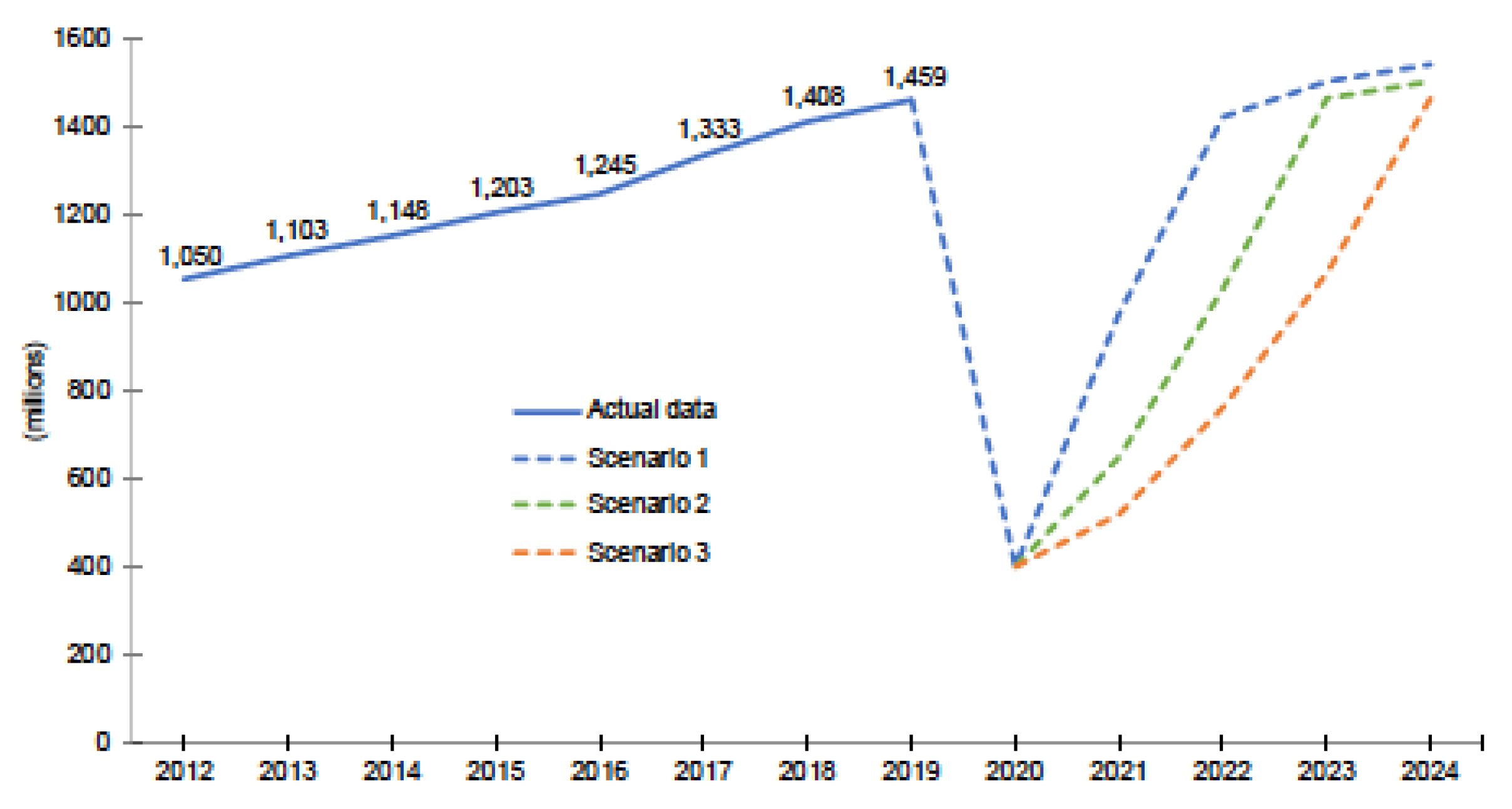

“Tange treated natural light like a magician,” he said, discussing the way the panels on the ceiling reflected light bouncing off the swimming pool. But he grew noticeably excited speaking about Tange’s gymnasium. Kuma is tall, informal - he was wearing stonewashed jeans, and a striped T-shirt under a nylon jacket with frayed and shredded shoulders - and he greeted me with a quick handshake, as if I were another employee. I had only met him a few minutes earlier, in the cramped main quarters, when he swiftly emerged from his tiny, cubicle-like space in the far corner.

Speaking to me about the building in October, in the glassed-in penthouse library above his firm’s Tokyo offices, Kuma became animated. Tange’s arena - with its high mast and violently sloping roof, its form like a discus emerging obliquely from the earth - was a masterpiece of engineering, and remains the most breathtaking example of Japanese Modernism. KENGO KUMA’S FASCINATION with architecture began when he was 10 years old and his father took him to visit Kenzo Tange’s famous Yoyogi National Gymnasium, constructed for the 1964 Summer Olympics in Tokyo. Rejecting flashy forms in favor of buildings in harmony with their environment, the architect - poised to become world famous for his stadium for the 2020 Olympics in Tokyo - is trying to reinvent his entire trade.


 0 kommentar(er)
0 kommentar(er)
